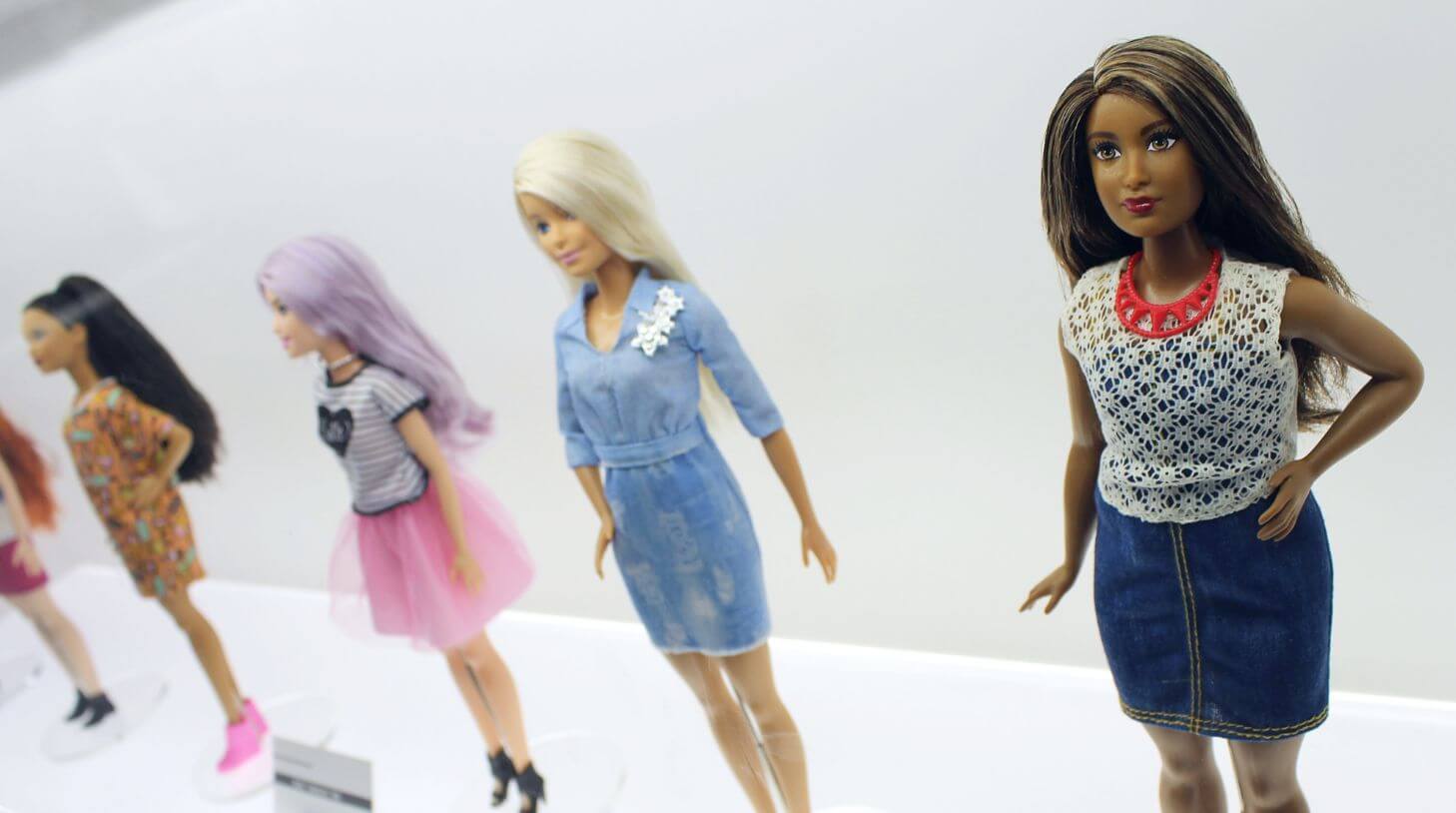Cultural differences at work: another challenge for DEI
Diversity, equity, and inclusion. Most businesses say they want to have a diverse workforce and be where everyone can thrive, but then it doesn’t happen. Why?

You recruit from a diverse slate of candidates and even hire people across all spectrums – race, gender, religion, national origin, you name it. However, your leadership still looks the same today as it did 15 years ago.
What’s going on here? It’s not overt racism – your business is actively recruiting minority candidates. If you can get people on board but not retain them, it’s likely coming from something more subtle: cultural clashes at work.
Cultural differences at work
What do a Black superintendent and a potato-loving Asian have in common? They operate out of the local cultural norms.
Blacks or African Americans make up only 2.4% of the population in Salt Lake City, Utah, so it may not be surprising that the first Black Superintendent of Schools, Dr. Timothy Gadson III, only started in 2021. And the school board suspended him one year later – the same school board that unanimously approved his appointment.
Typically, having the same manager that hires you fire you is a pretty strong defense against illegal discrimination. After all, if the school board didn’t want a Black man in the position, why would they hire one? It can’t be racism – there must be another explanation.
The only school board member who voted to retain Gadson is also Black and said the complaints were “baseless, racially motivated and based on cultural misunderstandings.”
Local news reports claim critics called him loud and intimidating and say he abused his position by hiring other Black workers.
The potato-eating Asian story has a bit more humor: A white employee became upset that an Asian employee ate potatoes in a “sexy” way – biting into them whole. When an investigation showed that she also criticized another Asian employee’s lunch choices, it became clear: This was never about eating potatoes. This was about watching someone do something outside of local cultural norms.
What is culture?
Culture is the “ideas, customs, and social behavior of a particular people or society.” You don’t generally even notice the culture you grew up in. This is just how things are. Think about it: when you are at a friend’s house at dinner time, does the friend invite you to stay for dinner?
You may be surprised that the answer to that is entirely cultural. Given that you’re not dying of starvation or are impoverished to the point that you can’t feed yourself, inviting someone to stay for dinner varies significantly from culture to culture. In Sweden, your hosts likely won’t offer you a plate of food.
On the other hand, in other countries, your host would feed you and sacrifice their own dinner to ensure you, the guest, get to eat.
This is blowing people’s minds, so as an amateur historian and sociologist I’m going to try to explain this development/ cultural artifact. pic.twitter.com/vNF0MMpMFK
— Incompetent Beneficiary of Nepotism (@WallySierk) May 29, 2022
Culture impacts every moment of our lives. How we shop, how we eat, how we greet (or don’t greet!) our neighbors on the street, and how loud we speak in public are all part of the culture. And the funny thing is, most people assume that how they do it is how everyone does it until they directly confront a situation outside their cultural bubble.
To help diversity thrive in your organization, you need to recognize the value of culture – which includes knowing when to let things go and when to say: “That’s not how we do things here.”
Have your company culture accept all cultures
The key to accepting other cultures is to separate out what things are essential and what are not important. Ask yourself: Am I making this criticism because it is different or because it is wrong?
- Different: talking loudly and directly
- Wrong: talking rudely
- Different: wearing a hairstyle outside the local cultural norms
- Wrong: not having good hygiene
- Different: wanting to start work at 10 instead of 8
- Wrong: not showing up for meetings on time and wasting people’s time
- Different: having a name that is difficult for native English speakers to pronounce
- Wrong: refusing to learn how to pronounce someone’s name
Making this distinction between different and wrong can help you stop and think before you blurt something out. Eating potatoes with your fingers may seem wrong, but it’s just a cultural difference.
Standardize processes
One of the best ways to limit discrimination based on cultural differences is to set measurable goals for employees and then follow up on those. If you just let managers do whatever they want, you can end up with discriminatory practices that drive people out.
For instance, Textio found that men were likelier to receive feedback solely based on their work, while women received personality feedback. Managers also used different words to describe male and female employees. Can you guess which words were more likely to be associated with women?
- Group 1: brilliant, genius, confident, ambitious
- Group 2: abrasive, challenging, helpful, collaborative
If you guessed Group 1 was men, and Group 2 was women, you’d be right. Why do these words come up in performance appraisals? They are just cultural nightmares, and how does someone respond or change their behavior based on that?
Women are twice as likely to report being described as collaborative and nice. While men are three times more likely to report being described as confident and 3.7 times more likely to report being described as ambitious. https://t.co/Xy3KFcKJRv pic.twitter.com/40Jl3zZ9L8
— Textio (@textio) August 2, 2022
Instead, have all performance appraisals focus on the job and stay away from personality. If a manager feels compelled to comment on an employee’s “abrasive” personality, ask the manager to explain why that is a problem.
If the manager can’t articulate how it causes problems in the office, then it doesn’t go into the appraisal.
Don’t describe – explain
If they can, then the explanation goes in, not the description. For instance, instead of saying, “You are abrasive,” you’d say, “You cut customers off in mid-sentence. Please focus on letting people finish their thoughts before answering.”
An employee can change behavior on the latter because it’s a specific and resolvable example. ‘Abrasive’ is just too general.
This helps you avoid cultural mixups and forces managers to justify their criticisms and praises – it goes both ways. No one would write, “You are a genius” in a performance appraisal. Instead, give details about what the employee did that evokes that impression. You may find out that the person isn’t a genius after all if you can’t identify what they did.
Fixing cultural differences at work is only one step toward making your business a better place for everyone, but it can be a step toward helping to retain and develop underrepresented employees. And that’s good for every business.



